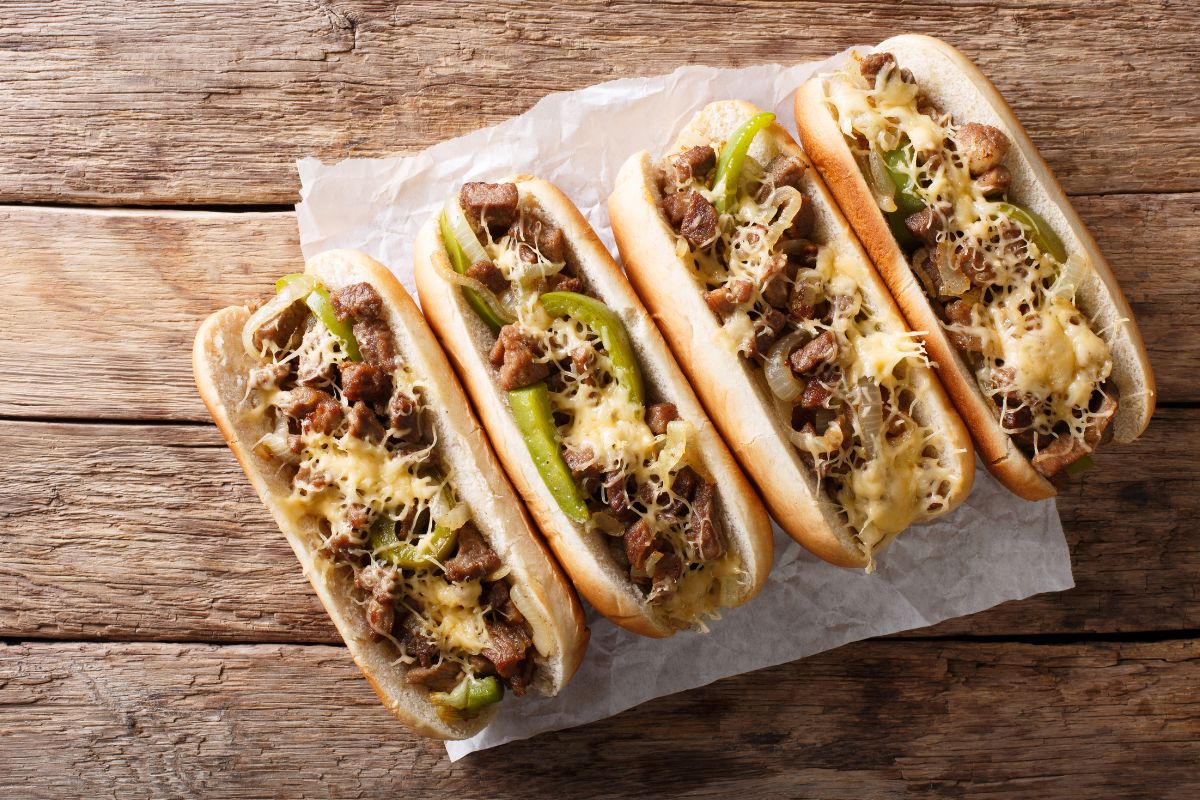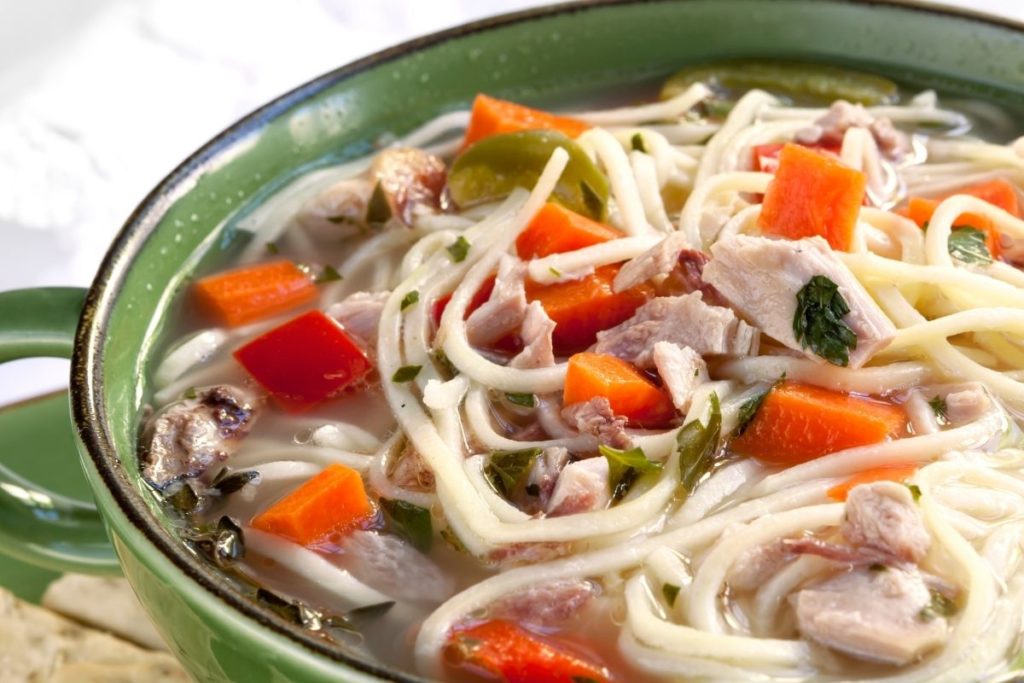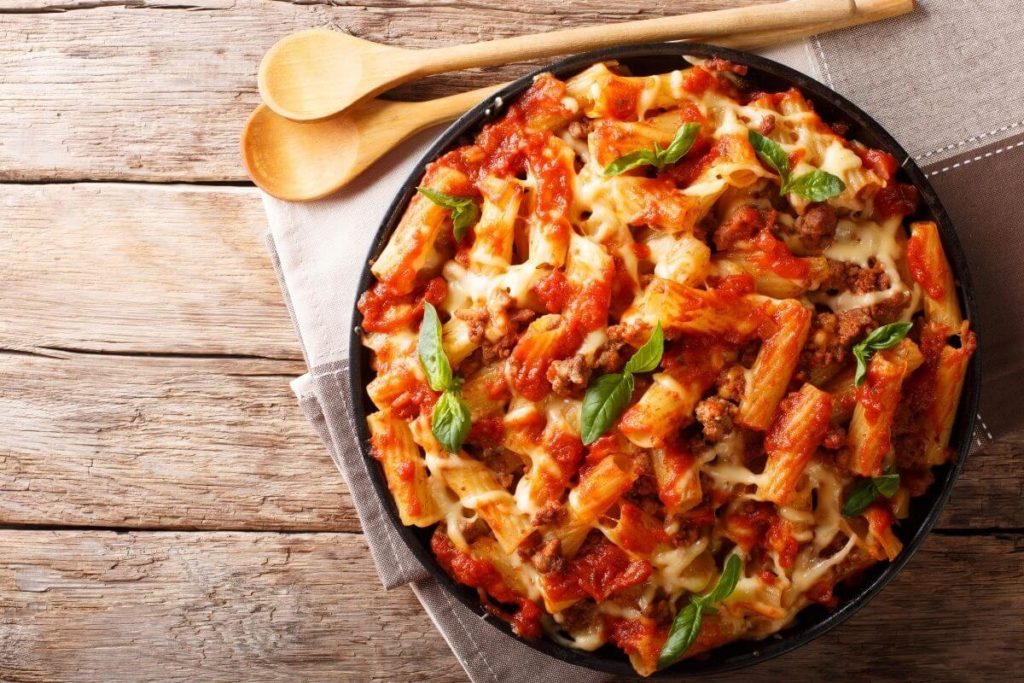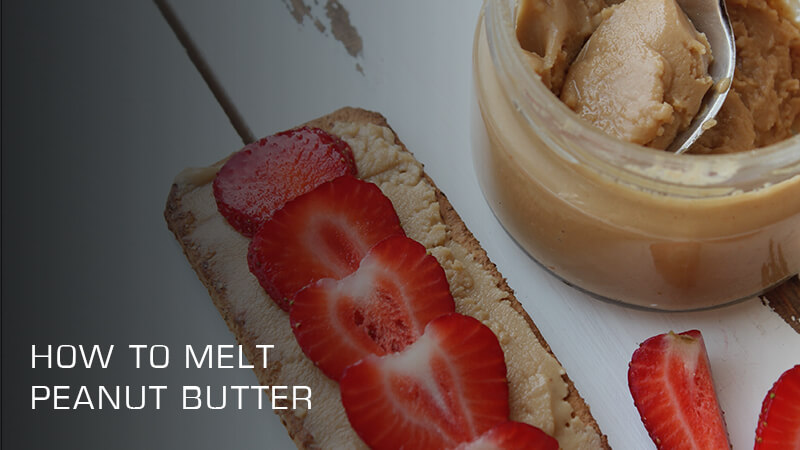3 Best Ways to Reheat Your Leftover Cheesesteak! (Updated 2024)
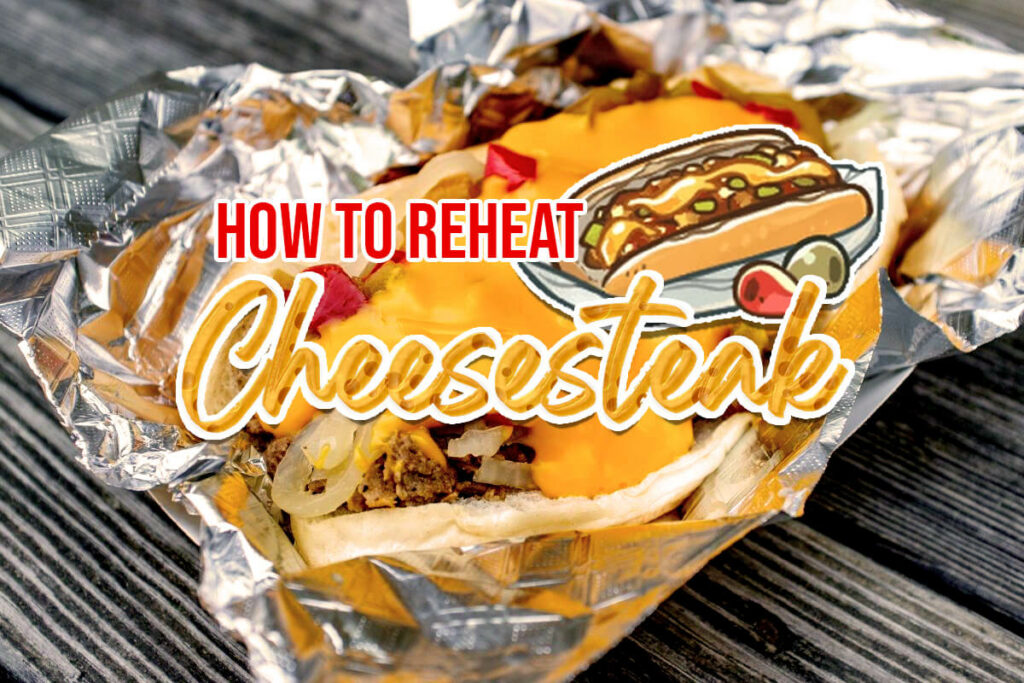
Had a cheesesteak dinner, but can’t finish it all? Don’t worry, you don’t have to waste that delicious dish! You can always reheat them, but you have to know how to properly do it.
In this article, we’ll be providing you with the easiest methods how to reheat a cheesesteak! Read on for more details.
Can You Really Reheat a Cheesesteak?
Definitely, yes! A cheesesteak from last night’s dinner can be reheated, but it’s important to keep in mind that it may not taste quite the same as it did when it was first served.
The main challenge in reheating a cheesesteak is that it often contains three or four different components that might be damaged by high temperatures.
There’s also the risk that the cheesesteak would dry out, which would reduce the food’s quality.
You are fortunate enough for in this article we’ll be talking about the best methods that you can do to reheat a cheesesteak without affecting its flavor.
How to Reheat a Cheesesteak
1. Reheat the Cheesesteak Using the Oven
The best way to reheat a cheesesteak is to use an oven. This is the easiest, most effective way of heating the sandwich without making it soggy.
Use these steps to reheat the cheesesteak in the oven:
- Cover the cheesesteak with foil and remove it from the refrigerator.
- Cover a tray with foil. Put the cheesesteak on top of the tray once it has been wrapped.
- The next step is to preheat the oven to 375 degrees Fahrenheit.
- After preheating, transfer the cheesesteak and its baking sheet to the oven’s middle rack.
- Wait for 25 minutes as the cheesesteak heats up. Once the timer goes off, remove the baking sheet from the oven using oven mitts.
- Bring out your thermometer and make sure the cheesesteak is served at the perfect temperature. To get an accurate record, stick the thermometer right into the middle of the cheesesteak. The temperature gauge has to be set between 140 and 150 degrees.
- When the cheesesteak reaches the proper temperature, it is ready to be eaten.
- Sit on the cheesesteak for three to five minutes and then unwrap it. At this point, your meal is ready to be served.
2. Reheat the Cheesesteak Using a Microwave
Although a cheesesteak may be reheated in a microwave, the bread will get mushy even if the meat would be piping hot. For starters, before reheating, your leftover cheesesteak must be stored in the fridge. Then, when the time comes to cook it, you’ll need a dish that can go in the microwave.
- Put a moist paper towel over the cheesesteak or set a tiny saucer of water next to it on the platter to keep it warm. (You may ask, why do you need a damp paper towel? Well, this paper towel is the key to keeping the cheesesteak moist and avoiding drying it out.)
- Reheat the cheesesteak in the microwave on high heat for 3 minutes.
- Carefully remove the cheesesteak from the microwave and let it cool for 1 minute.
- Remove the paper towel and serve.
3. Reheat the Cheesesteak Using a Stove
A cheesesteak can also be reheated well on the stovetop.
- Putting a pan over low heat and warming it with some butter or oil is really easy.
- When the pan has achieved the appropriate temperature, place the cheesesteak on top of it.
- The next step is to let the Cheesesteak heat up for a minute before flipping it over.
- Once both sides have been reheated check to see if the middle is warm enough.
- Finally, cook for a considerable period on the opposite side before removing it from the skillet; check to see that both sides are well heated.
At this point, your cheesesteak leftovers are ready to be served hot and devoured.
What Happens If You Do Not Reheat a Cheesesteak?
For the most part, those techniques are the antithesis of what you need when managing leftovers. Neither are they simple, and neither are they completely reliable.
In truth, the most likely approaches are time-consuming and laborious. Easily overcooking your steak could result in a dry and rough texture.
Fortunately, eating the cold steak is much simpler than reheating, and you still get all the delicate, juicy flavor you worked so hard to get.
Cold, thinly sliced steak is a great addition to any salad. You may also make a steak sandwich by slicing the meat thinly and placing it between two slices of bread with tomato, mayonnaise, and lettuce on top.
You may also have it cold or at room temperature with rewarmed leftover sides from the day before. It’s best to see if eating it straight from the fridge is an option before moving on.
Is It Safe to Reheat a Cheesesteak?
Steak is safe to eat at room temperature or even cold if it hasn’t been in the “danger zone,” which the USDA defines as being between 40 and 140 degrees Fahrenheit, for more than 2 hours.
Cheesesteak may be safely reheated, but only if the internal temperature is brought back up to at least 140 degrees Fahrenheit, or if it is eaten within two hours. The issue with reheated steak is not necessarily that it is unhealthy, but rather there is a possibility that it will be overcooked and dry.
Conclusion
You can always enjoy your leftover cheesesteak! We hope that the information provided here has helped you understand the method on how to reheat a cheesesteak.
you may also like
well hello there!

Hi, I'm Linda thanks for stopping by! We're so happy you're here. If you're a foodie and love to cook from home - you're in the right place..
LEARN MORE
free newsletter
Join the mailing list and receive our free newsletter!
recent posts
let's be social
search site
Recipe Marker
Recipe Marker provides you with the best information about home cooking tips, recipes, ingredient substitutes and more. Check out our blog to see the latest articles.
Copyright © 2024 Recipemarker.com | All Rights Reserved | Privacy | Disclaimer | Contact

